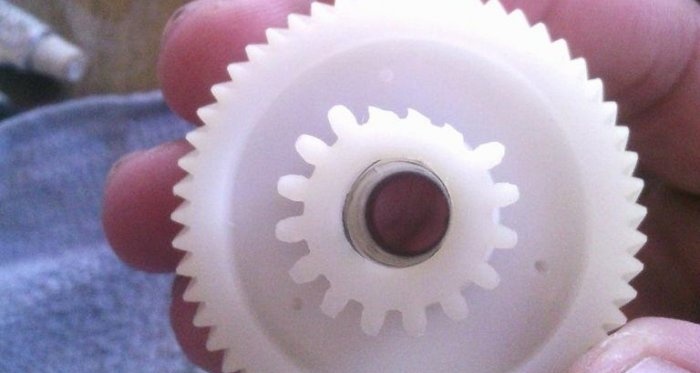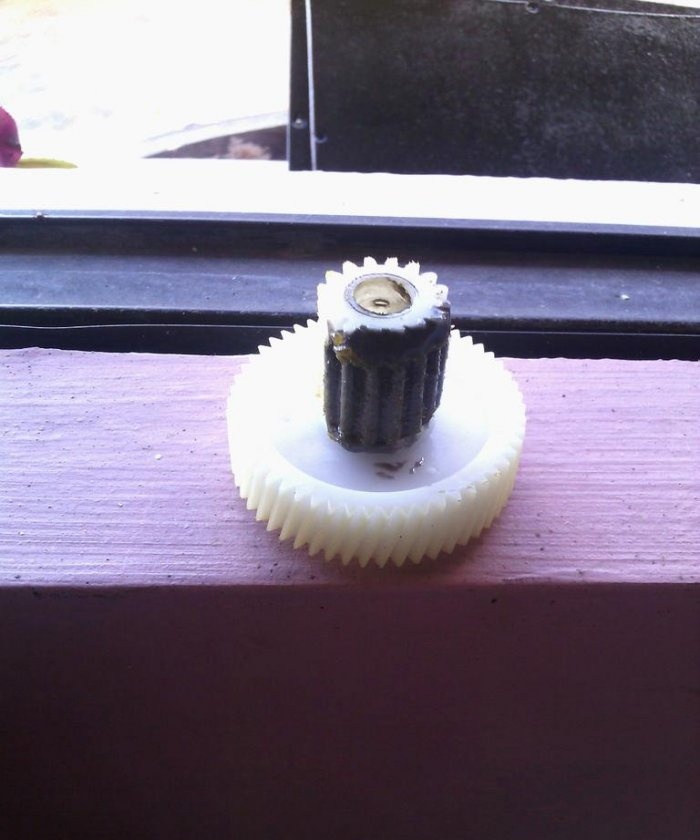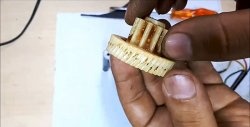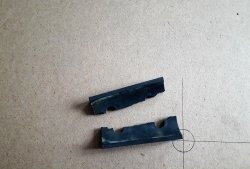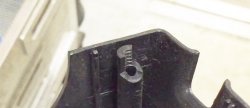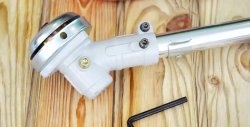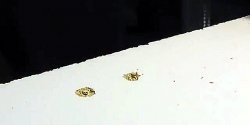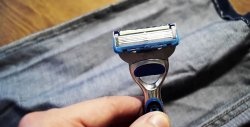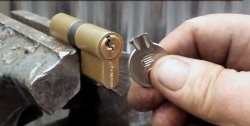Nowadays, there are a lot of mechanisms around us that use plastic gears. Moreover, these can be both toy cars and quite serious things, for example, an antenna lift in a car, a spinning rod gearbox, etc. The reasons for gear failure can be different, of course, most of them are related to improper operation, but that’s not about that now. If you find yourself in such a situation and a couple of gear teeth are broken, then there is a way out: not to pay for an expensive part, but to restore it in a simple way.
Needed for recovery
- Unnecessary toothbrush.
- Detergent.
- Two-component epoxy adhesive - cold welding for plastic.
Cold welding glue should be liquid, in tubes. Be sure to check the packaging to ensure it is suitable for gluing plastic and resin parts. This two-component adhesive can be purchased at either an auto parts store or a hardware store. If you have any difficulties and cannot find one, at the end of the article I will tell you how to make a similar analogue.
Restoring a plastic gear
Preparation
The first step is to prepare the surface of the gear. We wash it repeatedly in warm water with detergent, actively working with a toothbrush. Our task is to degrease and remove grease from all edges.
After degreasing is done, dry it dry.
Preparing the glue
Now let's prepare the glue. Mix the components on a small piece of cardboard in the proportions as in the instructions. Mix well.
In general, before opening the glue, I recommend that you carefully read its instructions, especially with the time of complete and partial hardening, since these data may differ radically from different manufacturers.
If the consistency turns out to be liquid, let it stand for a while until it begins to harden.
Restoration of teeth
In my case, several teeth were ground down, the situation can be corrected. Apply glue to the place that needs to be restored. The glue should be very thick, but flexible.

We make such a peculiar tubercle.
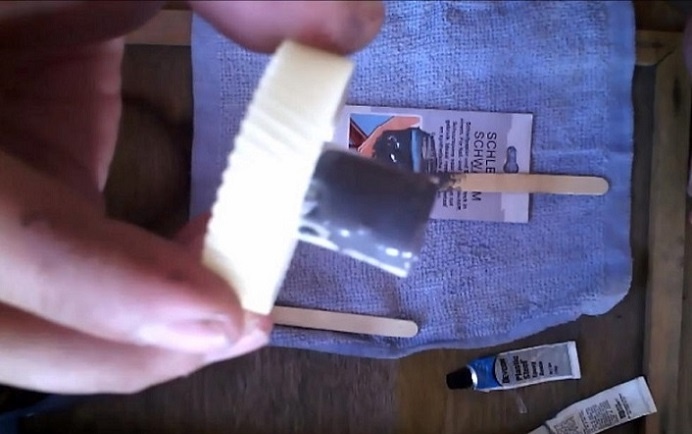
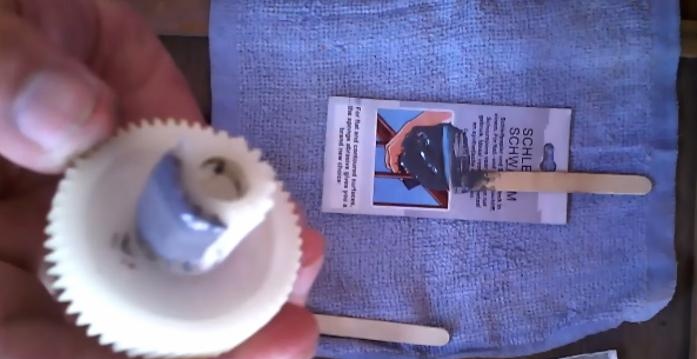
We place the gear on an improvised stand so that the glue thickens even more. Again, everything is individual, I personally needed about 20 minutes for the consistency to noticeably thicken.

You can speed up the reaction and reduce the thickening time by heating. For example, take a hairdryer and start heating the glue on the gear.
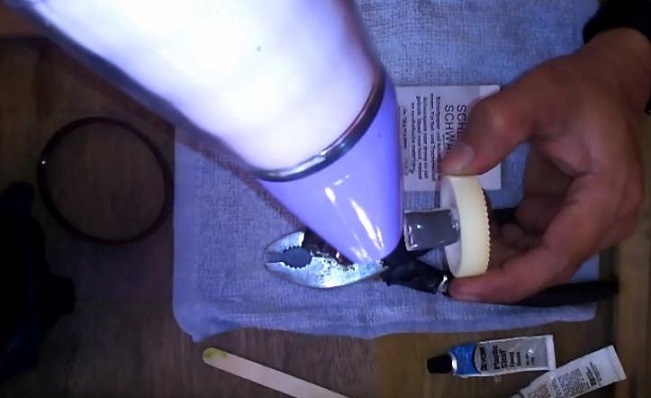
Restoration of teeth
Now the most crucial moment is rolling the teeth. The unit where the gear was used, namely the other gear with which our broken one was in direct contact, must be generously lubricated with grease, grease or lithol.
We install the broken gear and roll it over the other one several times.


As a result, another gear will roll the track on the thick glue.
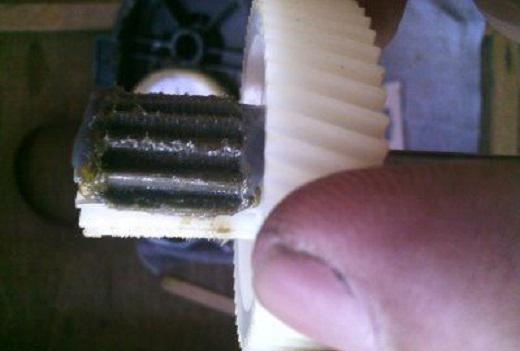
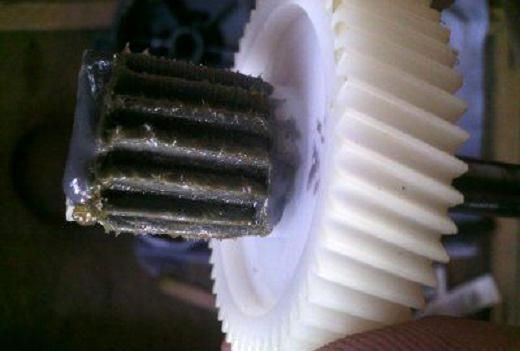
Now you understand that before rolling the teeth, the epoxy glue on the gear must cure to the consistency of hard clay.
Thanks to the lubrication, the glue will not stick to the other gear.
Hardening
Carefully remove the restored product from the mechanism and leave it for final hardening, usually for a day.
In this simple way, you can quite easily restore broken gears.
How to replace epoxy glue?
If you haven't found glue, I can recommend you to make a slightly similar composition.
For this you will need:
- Epoxy resin with hardener.
- The cement is dry.
We buy regular transparent or yellowish epoxy resin with a hardener. These two components are often sold together.
In the proportion specified in the instructions, mix the components to obtain the required amount of glue. Add cement. Just not a cement-sand mixture, but pure cement. The proportions are approximately two to one. That is, two parts glue and one part cement. And mix everything very thoroughly. The glue is ready, and then everything is as per the instructions above.
